1- Understanding Dental Crowns: What Are They?
If you've ever had a cavity, a cracked tooth, or even a root canal, you may have heard your dentist mention the term "dental crown." A dental crown is a cap-like structure that fits over a damaged tooth to restore its shape, size, strength, and appearance. It's one of the most common procedures in restorative dentistry, designed to protect the tooth from further damage while improving its function and aesthetic appeal.
As someone who has had multiple dental procedures over the years, I can personally attest to the value of dental crowns in saving teeth that would otherwise require extraction. For many patients, a dental crown is the difference between maintaining a natural tooth and losing it completely. Crowns are also used for cosmetic purposes to cover a discolored or misshapen tooth, helping to improve the overall appearance of your smile.
So how do dental crowns actually work? In simple terms, a crown is designed to encase a tooth that has been weakened or damaged. The crown effectively restores the tooth’s original strength and functionality, enabling you to bite, chew, and speak with confidence again. Now, let's dive deeper into how dental crowns work and why they are such an important solution in dentistry.
2- The Types of Dental Crowns
When considering a dental crown, you’ll discover that there are several types, each with unique benefits and applications. The material used for the crown can affect its strength, longevity, and appearance. Here's a closer look at the most common types of dental crowns:
2.1- Porcelain Crowns
Porcelain crowns are often the go-to choice for patients seeking a natural, aesthetically pleasing result. These crowns are custom-made to match the color and shape of your natural teeth, making them ideal for use on front teeth or highly visible areas. Porcelain crowns are durable and resistant to wear, though they may not be as strong as other materials like metal or porcelain-fused-to-metal crowns. If you’re looking for a crown that blends seamlessly with your smile, porcelain is a great choice.
2.2- Metal Crowns
Metal crowns, typically made of gold or other durable metals, are known for their strength and longevity. They are highly resistant to wear and tear, making them a great choice for back teeth, where heavy chewing forces are common. While they may not blend well with the rest of your teeth in terms of appearance, their durability makes them a practical option for molars and other less visible teeth.
2.3- Porcelain-Fused-to-Metal Crowns
As the name suggests, porcelain-fused-to-metal (PFM) crowns combine the strength of metal with the aesthetics of porcelain. The metal provides the foundation for strength, while the porcelain outer layer offers a natural appearance. PFM crowns are versatile, suitable for both front and back teeth, and are commonly used in restorative dentistry. However, the metal base may sometimes show along the gumline, especially if the gums recede over time.
2.4- Resin Crowns
Resin crowns are typically used as a temporary solution or when cost is a major factor. While they are more affordable than other materials, resin crowns are less durable and more prone to wear and damage. They are a good option for patients who need a quick solution before a more permanent crown is placed or for those on a tight budget.
3- Why Do You Need a Dental Crown?
Dental crowns are often used when a tooth is too damaged or decayed to be repaired with a filling but is still salvageable. The following are some of the most common reasons why a dentist might recommend a dental crown:
3.1- Repairing a Broken or Cracked Tooth
One of the most common reasons for needing a dental crown is to repair a tooth that has been cracked or broken. Whether it's due to an injury or from the wear and tear of chewing over time, a dental crown can restore the tooth's strength and prevent further damage. In some cases, crowns are used to protect a tooth after a root canal procedure, which leaves the tooth more fragile and susceptible to breaking.
3.2- Covering a Large Filling
If a tooth has a large filling that makes up most of the tooth structure, it can become weak and prone to breaking. A dental crown can cover the tooth to restore its strength and prevent any further damage.
3.3- Cosmetic Enhancement
Sometimes, dental crowns are used for purely cosmetic reasons, such as covering discolored or misshapen teeth. If a tooth is noticeably different in shape or color from the rest of your teeth, a crown can improve the overall look of your smile and boost your confidence.
4- The Dental Crown Procedure
Wondering what to expect during a dental crown procedure? I’ve had a few crowns placed myself, so I can give you a step-by-step breakdown of what the process involves. The dental crown procedure typically involves two visits to the dentist: one for preparation and another for placement.
4.1- First Visit: Tooth Preparation
During the first visit, your dentist will examine the damaged tooth and may take X-rays to assess its condition. In some cases, a root canal may be necessary before placing the crown if the tooth’s pulp is infected. Once the tooth is ready, the dentist will reshape it by removing some of the outer material to create space for the crown to fit over it. An impression of the tooth is then taken, which will be used to create a custom crown that fits perfectly.
4.2- Temporary Crown
In most cases, a temporary crown is placed over the prepared tooth while the permanent crown is being made in a dental laboratory. The temporary crown protects the tooth and keeps it in place while you wait for the permanent restoration.
4.3- Second Visit: Crown Placement
During the second visit, your dentist will remove the temporary crown and fit the permanent crown onto the prepared tooth. The dentist will ensure the crown fits perfectly, making any necessary adjustments to ensure it aligns properly with your bite. Once everything is in place, the crown is cemented onto the tooth, and you're all set with a restored smile.
5- The Benefits of Dental Crowns
Dental crowns offer numerous benefits, especially for patients with damaged or weakened teeth. Some of the key advantages include:
- Protection: Crowns protect weakened teeth from further damage or decay.
- Durability: Crowns are built to last, with most lasting between 10 to 15 years or longer with proper care.
- Improved Function: A crown restores the strength and functionality of a damaged tooth, allowing you to chew and speak normally.
- Cosmetic Enhancement: Crowns can improve the appearance of discolored, misshapen, or damaged teeth, enhancing your smile.
6- Caring for Your Dental Crown
After having a dental crown placed, it's important to take good care of it to ensure its longevity. Regular brushing and flossing are essential to prevent decay around the crown. Avoid chewing hard foods like ice or hard candies, as they could damage the crown. It's also a good idea to schedule regular check-ups with your dentist to ensure your crown is in good condition and functioning properly.
Dental crowns are an excellent solution for restoring damaged teeth and improving the appearance of your smile. With the right care, your dental crown can last for many years, giving you confidence in your smile and the ability to eat, speak, and enjoy life without worry.

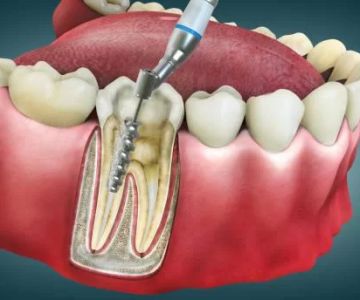
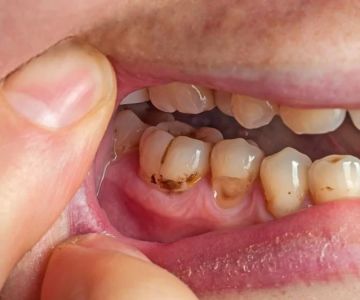
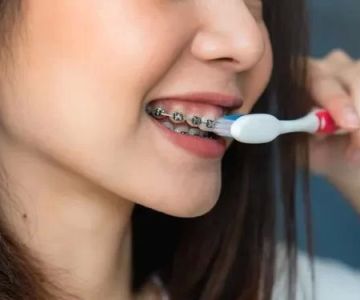
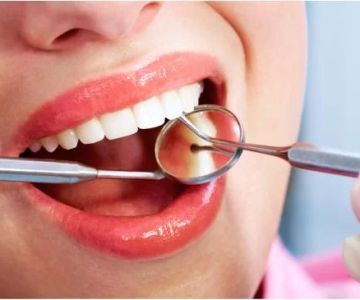
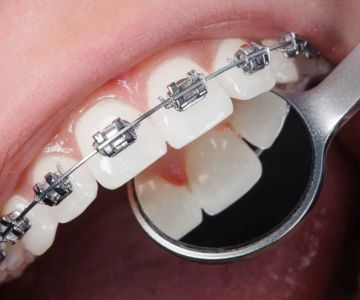
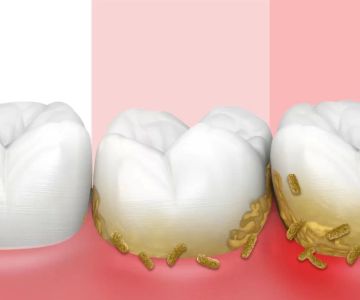
 Periodontology Inc.
Periodontology Inc. Hernandez Dental Care
Hernandez Dental Care East Nashville Aesthetic Dentistry
East Nashville Aesthetic Dentistry DK Orthodontics
DK Orthodontics Glow Dental Spa
Glow Dental Spa Rizkalla Dental
Rizkalla Dental The Importance of Oral Health Education During Pregnancy for a Healthy Pregnancy
The Importance of Oral Health Education During Pregnancy for a Healthy Pregnancy Why Skipping Dental Checkups Can Lead to Bigger Oral Health Problems
Why Skipping Dental Checkups Can Lead to Bigger Oral Health Problems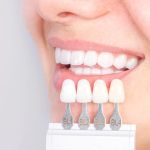 Advantages of Porcelain Dental Restorations
Advantages of Porcelain Dental Restorations Best Tips for Brushing Your Teeth Properly for Healthy Gums: Essential Techniques for Oral Health
Best Tips for Brushing Your Teeth Properly for Healthy Gums: Essential Techniques for Oral Health How Can Diabetes Cause Tooth and Gum Problems? Preventing and Managing Oral Health Issues
How Can Diabetes Cause Tooth and Gum Problems? Preventing and Managing Oral Health Issues Healthy Habits for Promoting Good Oral Health and Hygiene: Tips for a Healthy Smile
Healthy Habits for Promoting Good Oral Health and Hygiene: Tips for a Healthy Smile